Repairing Water Damage After A Hurricane
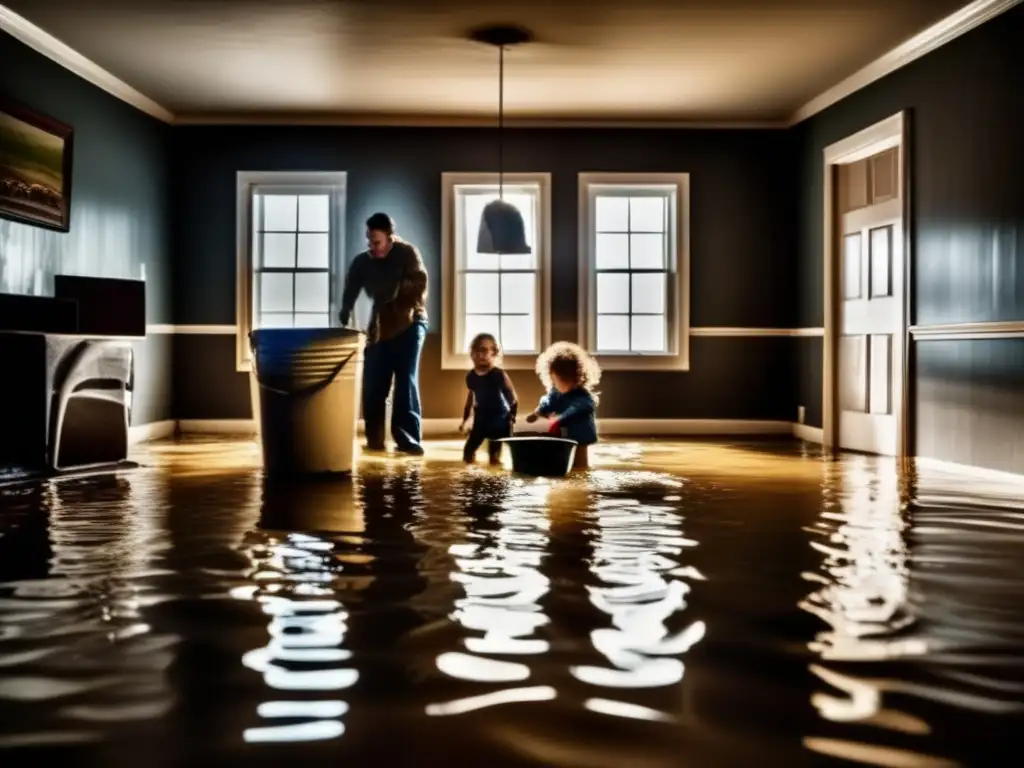
Repairing Water Damage After a Hurricane: What You Need to Know
Introduction
Hurricanes are catastrophic natural disasters that can cause significant damage to both homes and communities. In particular, one of the most common issues faced by homeowners after a hurricane is water damage. Water damage can lead to severe structural damage, mold growth, and other harmful consequences. In this article, we'll explore everything you need to know about repairing water damage after a hurricane.
Assessing Water Damage
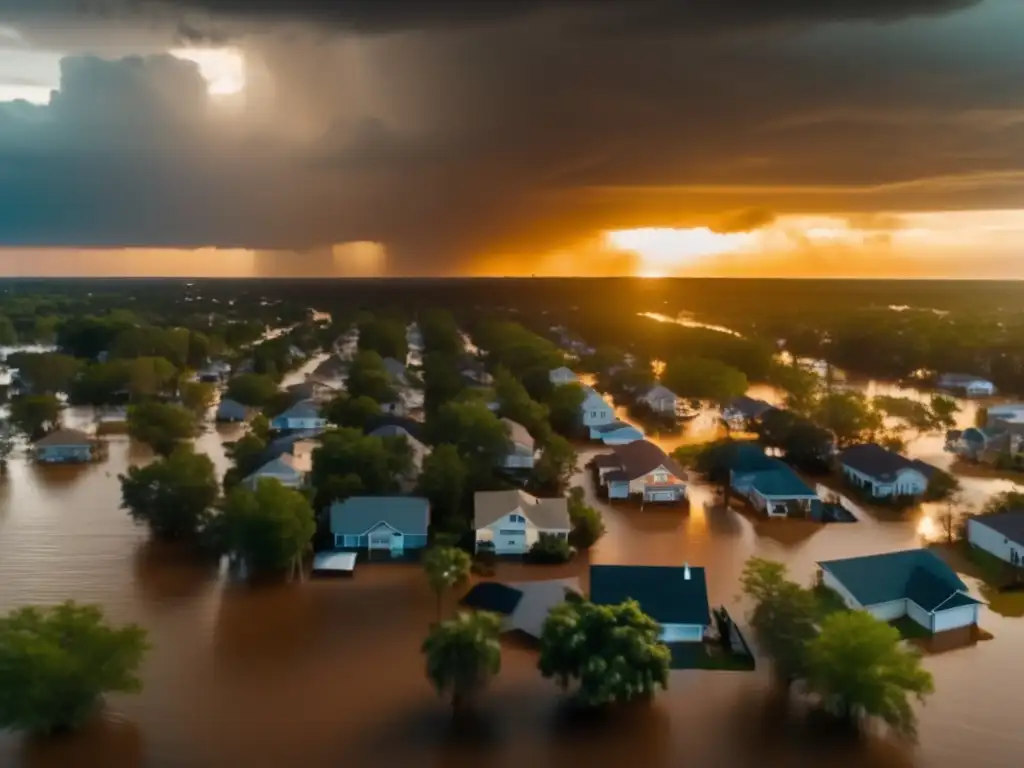
Determining the Extent of Damage
The first step in repairing water damage is to determine the extent of the damage caused by the hurricane. This involves carefully inspecting your property, both inside and out, to identify any signs of water damage. Some common indicators of water damage include stained ceilings or walls, warped floors, waterlogged furniture or belongings, and visible mold growth.
It's also important to check for hidden damage, such as water intrusion behind walls or under flooring. Homeowners may need to hire a professional water damage restoration company to perform an in-depth assessment of their property.
Kinds of Water Damage
There are three types of water damage:
- Clean Water Damage: This type of water damage occurs when water comes from a clean source, such as rainwater or broken pipes.
- Gray Water Damage: This type of water damage occurs when water comes from a source that contains contaminants, such as washing machines or dishwashers.
- Black Water Damage: This type of water damage occurs when water comes from a contaminated source, such as sewer backups or flooded rivers.
Restoring Water-Damaged Homes
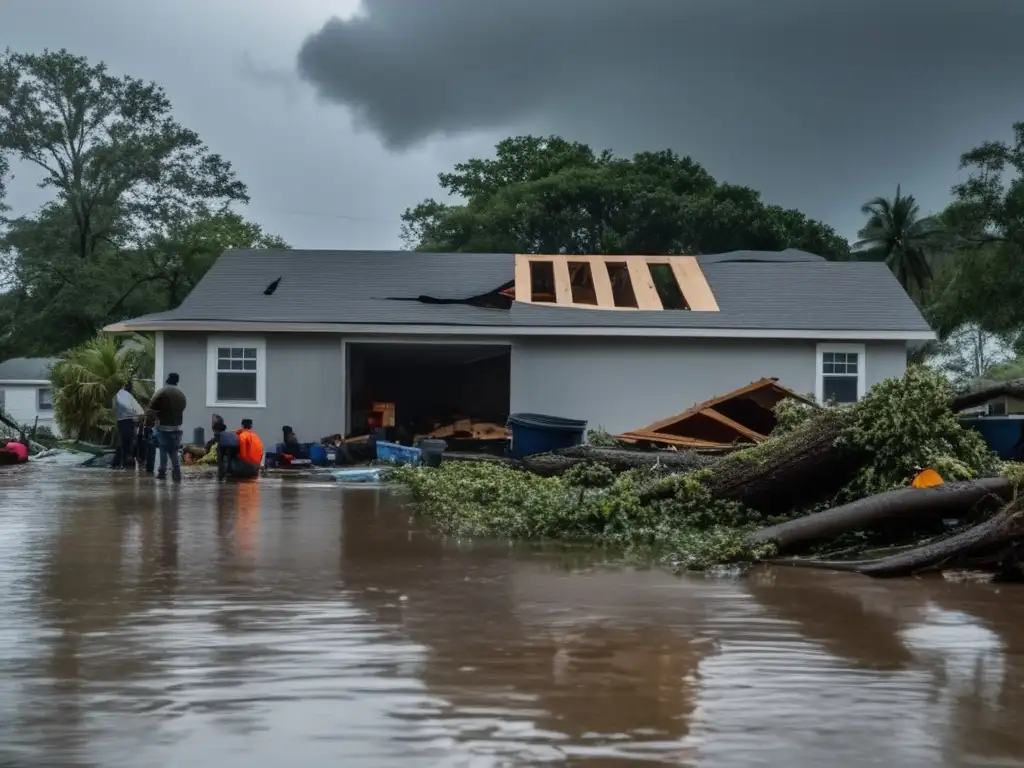
Drying Out Your Home
The next step in repairing water damage is to dry out your home. All wet materials, including carpets, furniture, and insulation, should be removed and thoroughly dried or discarded if too damaged. Fans, dehumidifiers, and other equipment can help speed up the drying process. It's important to monitor humidity levels and continue drying until moisture levels return to normal.
Cleaning and Sanitizing
After your home has been completely dried out, it's essential to clean and sanitize all surfaces to prevent mold growth and other issues. This includes wiping down walls and floors with bleach or other disinfectants, removing any remaining mold or mildew, and replacing any damaged materials, like drywall or carpeting.
Rebuilding and Restoring Your Home
Once your home has been thoroughly cleaned and sanitized, it's time to rebuild and restore any areas that were damaged during the hurricane. This may involve replacing drywall or flooring, installing new appliances or fixtures, or repairing structural damage.
Insurance and Financial Assistance
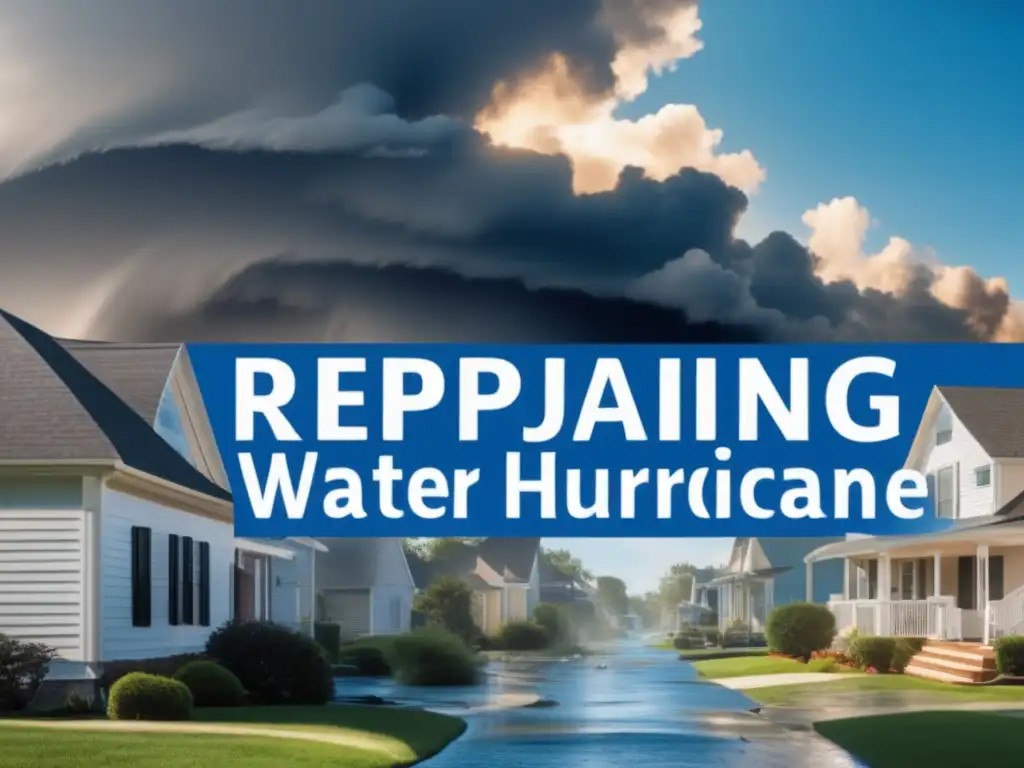
Insurance Coverage
Homeowners' insurance policies typically cover water damage caused by hurricanes and other natural disasters. However, it's essential to review your policy carefully and discuss any questions or concerns with your insurance provider. It's also important to document all damage to your property and belongings with photos and written descriptions for your insurance claim.
Government Assistance
In some cases, homeowners affected by hurricanes may be eligible for government assistance from organizations like the Federal Emergency Management Agency (FEMA). These programs can provide financial assistance to help homeowners repair or rebuild their homes. To apply for assistance, homeowners should visit the FEMA website or contact their local disaster recovery center for more information.
Frequently Asked Questions

-
Can I repair water damage myself?
It's possible to perform some minor repairs on your own, such as cleaning and drying out wet materials. However, it's recommended to hire professionals for more extensive water damage restoration work.
-
How long does it take to repair water damage?
The duration of repair work will depend on the extent of the damage and the size of the affected area. Minor water damage repairs can take a few days, while major restorations can take several weeks or months.
-
What if I don't have insurance?
If you don't have insurance, you may be able to receive financial assistance through government aid programs. You can also explore low-interest loans or other types of financing to help pay for repairs.
-
How can I prevent water damage in the future?
Some ways to prevent water damage include maintaining proper drainage around your home, keeping gutters clean and clear, inspecting your roof regularly for damage or leaks, and installing flood barriers or other protective measures.
-
What should I do if I suspect mold growth in my home?
If you suspect mold growth in your home, it's essential to contact a professional mold remediation service immediately. Mold can cause significant health risks and should be addressed promptly.
Conclusion
Repairing water damage after a hurricane is a challenging and often overwhelming task. However, with proper preparation, assessment, and restoration, homeowners can recover from the damages caused by hurricanes and restore their homes to their former glory. It's essential to seek professional help when needed and take proactive measures to prevent water damage from occurring in the future.
If you live in an area at risk of hurricanes, it's critical to have a disaster plan in place to protect your property and belongings. Hurricane season begins officially on June 1st and runs through November 30th each year. As always, stay safe, be prepared, and stay informed.
Additional Resources
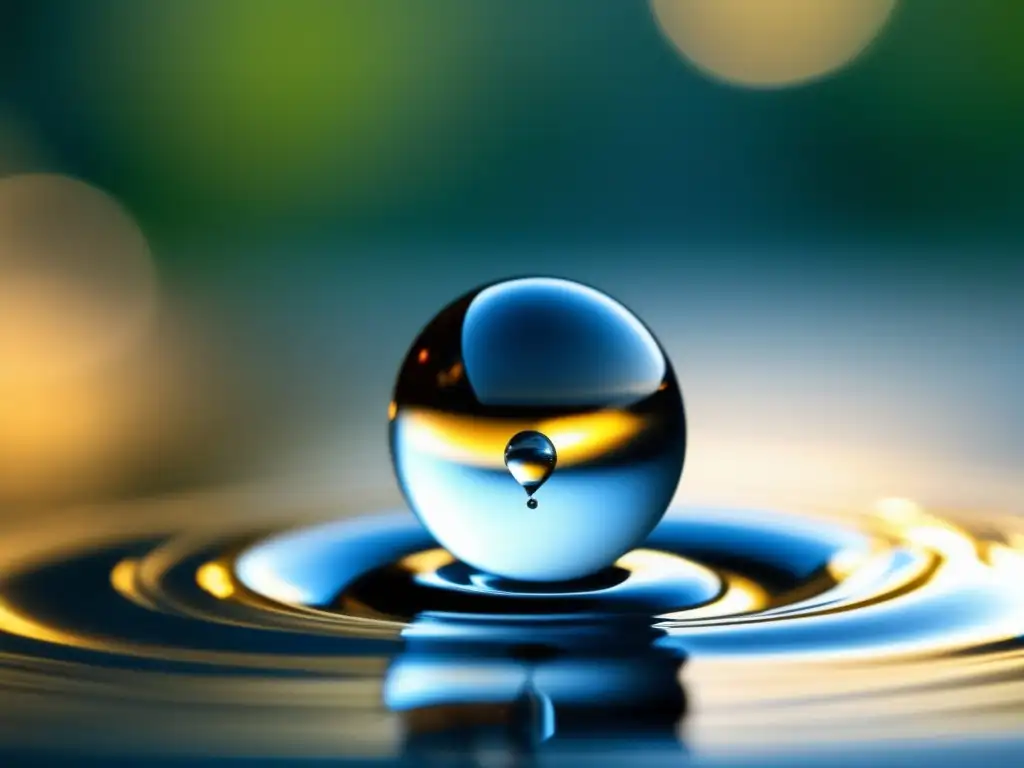
 A Helping Hand: Volunteering In Post-Hurricane Communities
A Helping Hand: Volunteering In Post-Hurricane Communities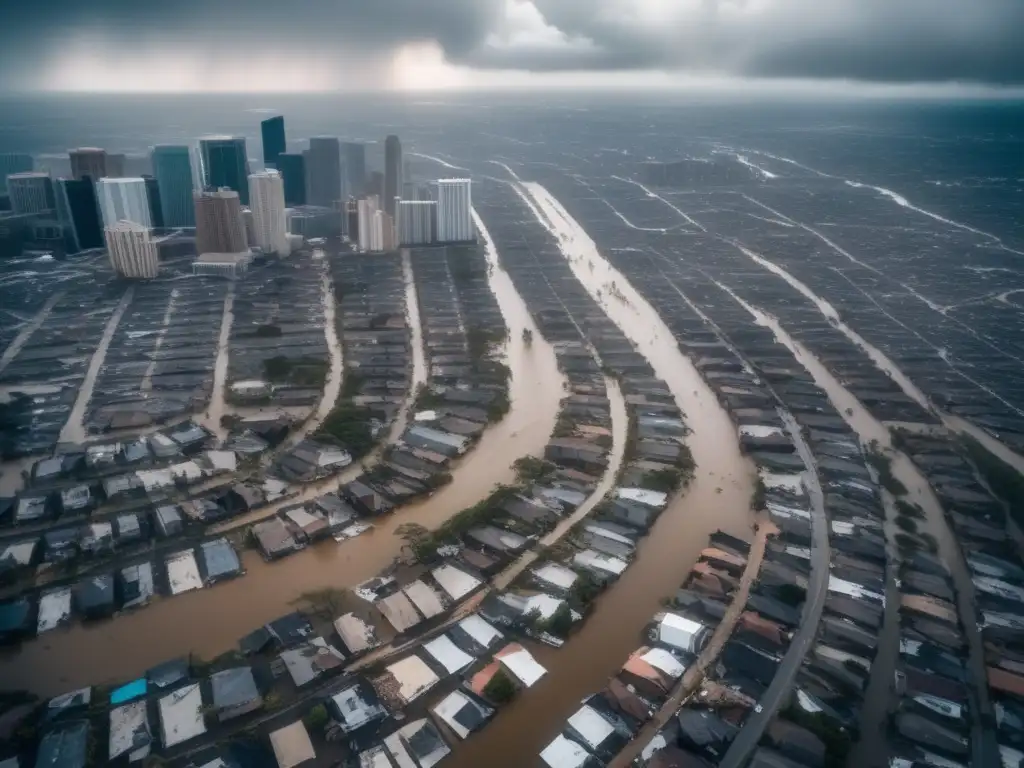 Addressing The Emotional Needs Of Pets After A Hurricane
Addressing The Emotional Needs Of Pets After A Hurricane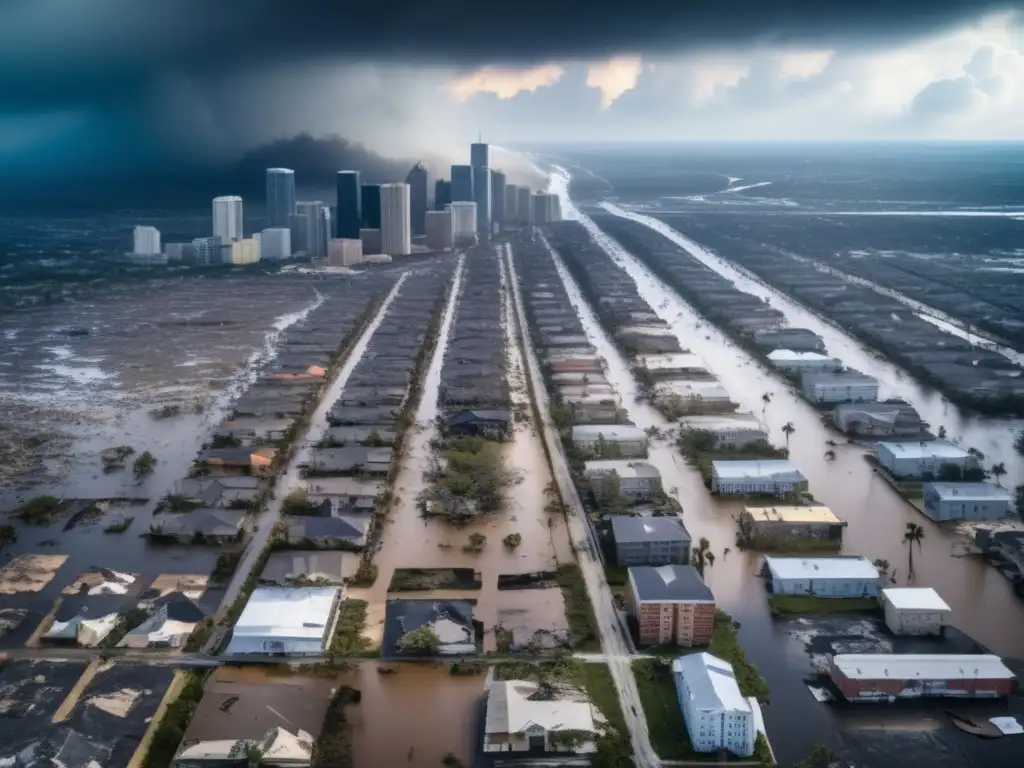 Public Services: What To Expect From Your Municipality Post-Hurricane
Public Services: What To Expect From Your Municipality Post-HurricaneIf you want to discover more articles similar to Repairing Water Damage After A Hurricane, you can visit the Hurricane recovery: category.
Leave a Reply

Articulos relacionados: